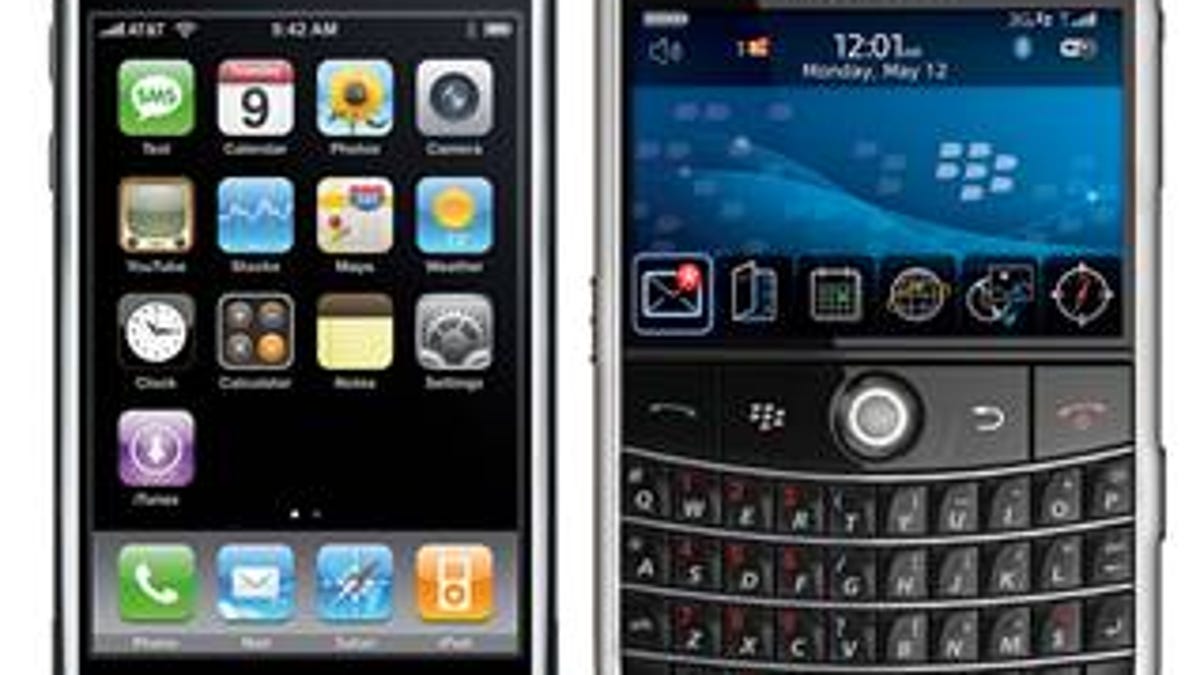Study: Doctors choosing iPhone over BlackBerry
Ninety-four percent of physicians interviewed for an end-user study say they use smartphones to access medical information, and manage personal and business work flows.

In 2006, Spyglass Consulting Group released a report, Trends in Mobile Communications, finding that 59 percent of physicians interviewed were using smartphones. Today, according to the firm's latest report, that figure has jumped to 94 percent.
"Physician smartphone adoption is occurring more rapidly than with members of the general public," said Gregg Malkary, managing director at Spyglass. Moreover, Malkary added, "Physicians are showing a clear preference [almost double] for using the Apple iPhone (44 percent) over the RIM BlackBerry (25 percent)."
A note of caution: the study's sample size is small. The "Point of Care Communications for Physicians" report involves telephone interviews in the spring of 2010, with just more than 100 physicians working in acute care and ambulatory environments across the United States. (Meanwhile, the 2010 Manhattan Research "Taking the Pulse" survey of more than 2,000 physicians puts the percentage of physicians using smartphones at a more modest 72 percent, compared with 20 percent of the general public.)
The firm also found that in spite of high smartphone use, 78 percent of physicians interviewed reported having trouble accessing and communicating with colleagues in a timely manner. According to Spyglass:
Physicians interviewed report they are overwhelmed by the daily volume of communications received from colleagues, care team members, and patients. They lack automated tools to manage voice mail, pager messages, SMS messages, and electronic mail. They are forced to continually check separate data silos, and manually filter and prioritize communications based upon sender, subject, and priority. Critical communications easily fall through the cracks.
So it seems that while "physicians across the United States are adopting mobile communications at point of care to improve communications and collaboration, streamline productivity, and enhance patient care and safety," the majority of them remain largely dissatisfied.

